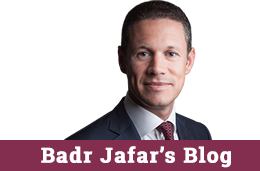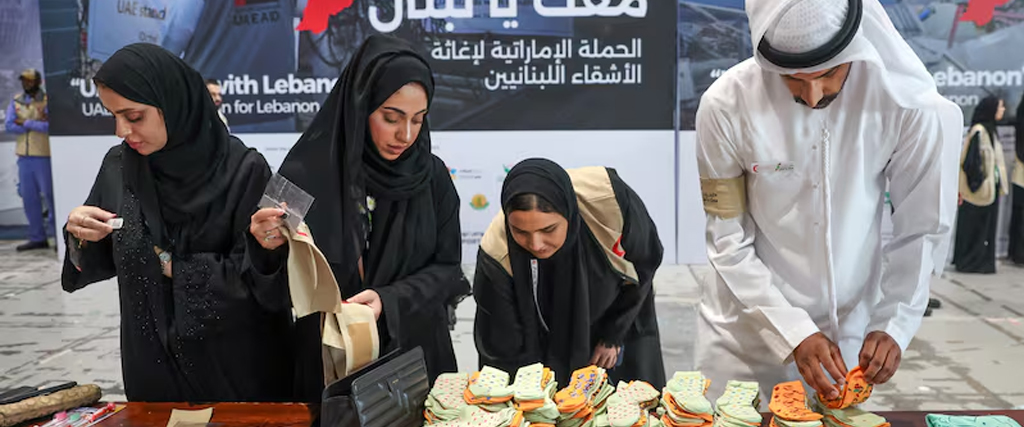Ramadan: An Opportune Time for Both Personal and Corporate Philanthropy
Broadly speaking, there are two main types of corporate philanthropy, each with their own characteristics:
The first is straight charitable giving. This is when a company decides to give back to the community by donating a proportion of its retained earnings to charitable causes that may be largely unrelated to the business. Whether it is a large bank providing funds for the construction of orphanages, or a small business donating to a natural disaster appeal, the most important aspect of this kind of philanthropy is the act of giving itself.
The second type is strategic corporate philanthropy. This is when a company dedicates a percentage, even if only a small one, of both human and financial capital towards a social, environmental or other charitable purpose that is true to the DNA of that specific company. This does not always have to be taken too literally – such as pharmaceutical companies donating medicines – but it does mean identifying causes that are consistent with the vision and values of that company. In contrast with straight charitable giving, the most important aspect of this type of philanthropy is actually the reason for the contribution over and above its value alone.
Strategic corporate philanthropy can be applied in different ways. It might be a charitable project, a new product or service, or an entire business line dedicated to a philanthropic purpose. A recent article by Forbes highlighted a diverse range of examples currently running in the US, including a pet food company providing free meals to animal shelters, a technology company marshalling programmers to build better websites for not-for-profits, and a construction business assembling teams of qualified volunteers to build or refurbish community facilities. In each of these examples, the company identified a cause related to its particular capabilities and values, creating a philanthropic initiative that helps its stakeholders understand what that business considers to be important.
Both types of corporate philanthropy can be valuable to a business. Straight charitable giving enables a company to support important causes, give back to the community and enhance its reputation with a minimal investment of time and human resources. However, by identifying causes that are aligned with the vision and values of a business, strategic corporate philanthropy actually reinforces a company’s identity, in the minds of its employees and external stakeholders, in a way that charitable giving alone does not. As a result, many businesses are increasingly doing both.
It is also important for businesses engaged in strategic corporate philanthropy to involve their stakeholders in the activity. This means ensuring that employees, customers, and also the government are aware of a company’s philanthropic initiatives and, where possible, engaging them in the process. This inclusiveness can generate pride, boost morale and create a unique sense of shared purpose between a company and its most important stakeholders that can multiply the impact of the philanthropic initiative at hand.
While our culture discourages boasting about one’s personal charitable endeavors, companies engaged in strategic corporate philanthropy have a duty to demonstrate transparency in these activities in order to explain what they are doing, the reasons why, and how others can get involved. As the experience of Ramadan teaches us, there is something truly unique about practicing generosity with others, rather than in isolation, that creates the collective sense of goodwill that we associate with this time of year.
The traditional phrase used during this period, ‘Ramadan Kareem’, literally wishes people a generous Ramadan. More than a mere greeting, this is a call to action that spans every aspect of our lives, including our business interests. With this in mind, I encourage companies across the region to use this time, every year, to reflect on their own existing philanthropic programs and consider how to make them even more meaningful in the year ahead.
As featured in The National on 5th July 2014.

 Tweets by @BadrJafar
Tweets by @BadrJafar




